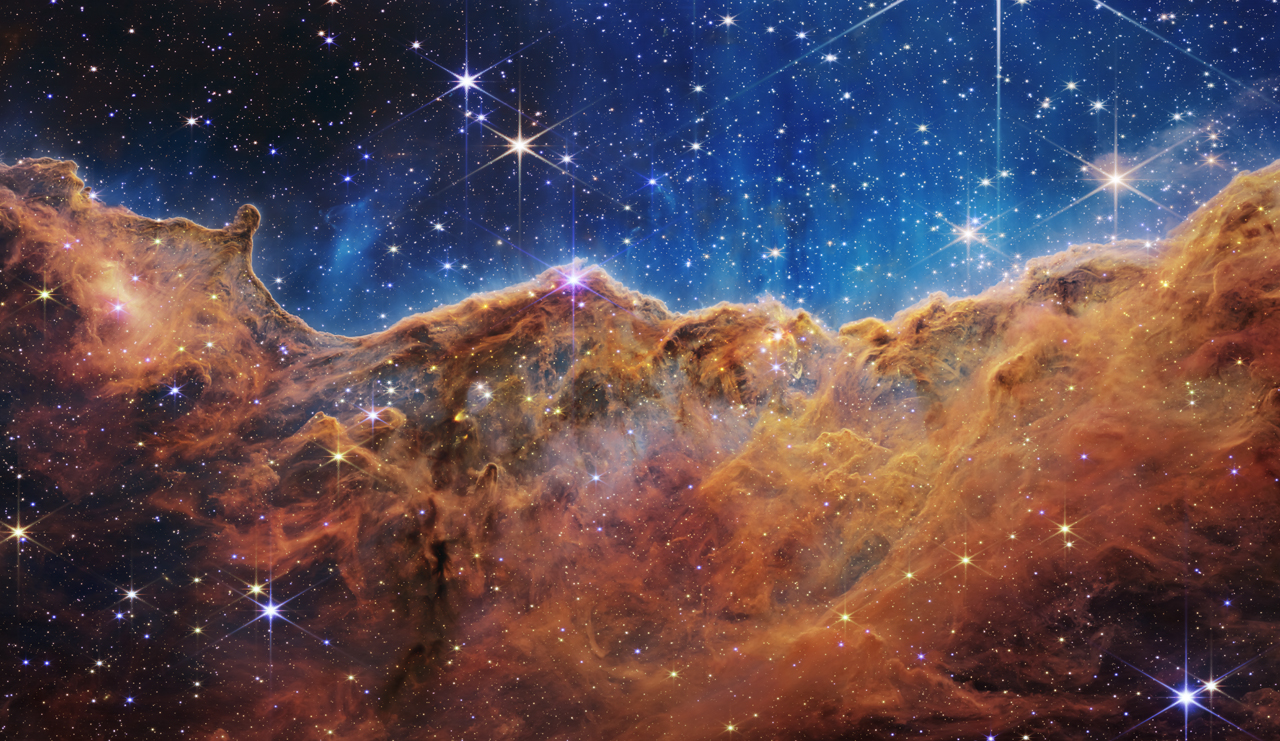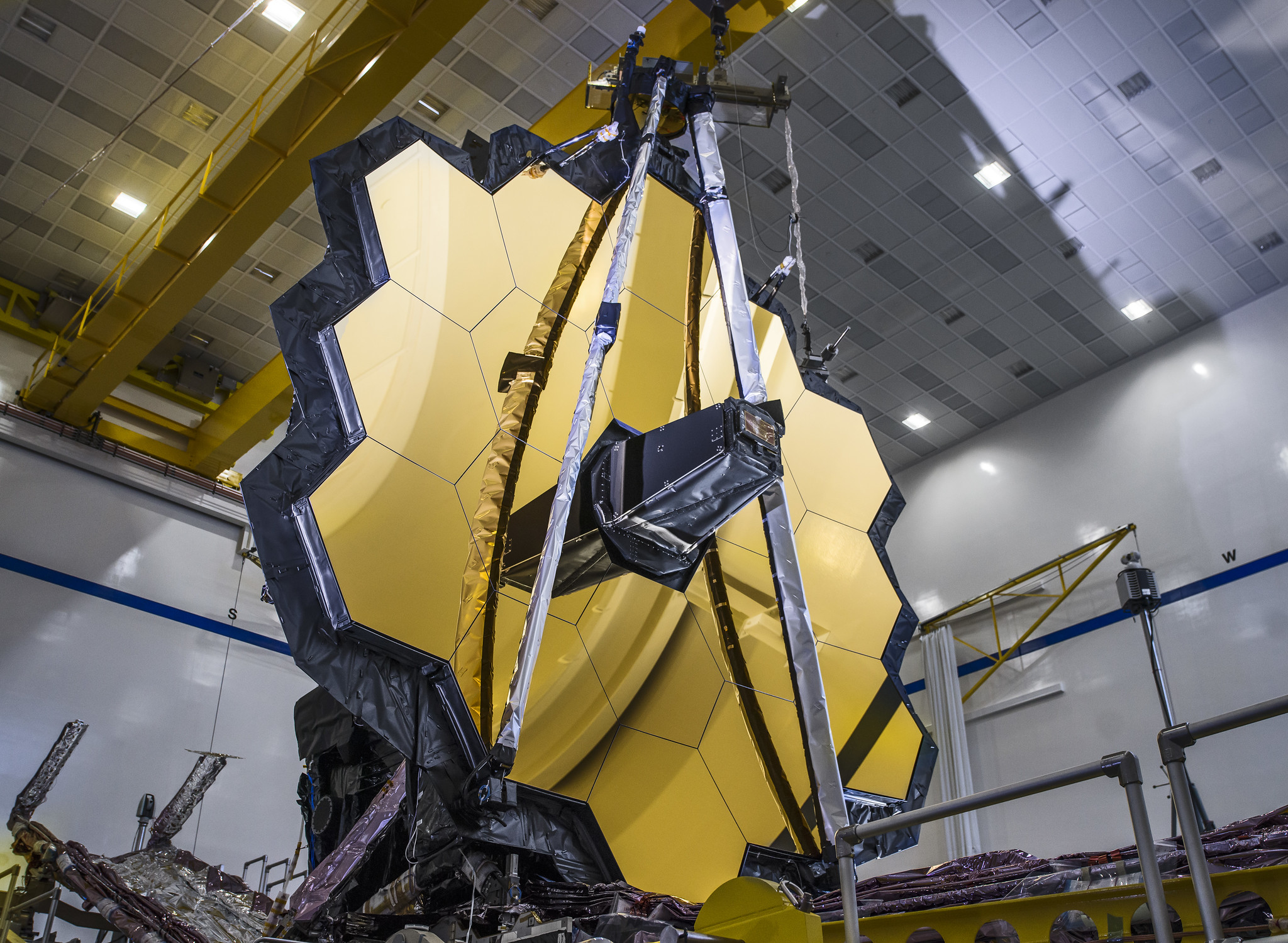On Nov. 3, the James Webb Space Telescope team was named a Grand Laureate winner during the Aviation Week Network’s 65th Annual Laureate Awards in Washington. NASA led the international Webb partnership with ESA (European Space Agency) and CSA (Canadian Space Agency).
The Aviation Week Network’s Laureate Awards recognize the extraordinary achievements of individuals and teams in aviation, aerospace, and defense. They seek to highlight accomplishments embodying the spirit of exploration, innovation, and vision that inspire others to strive for progress, change, and leadership in aviation and aerospace. This honor recognizes NASA’s James Webb Space Telescope team and Northrop Grumman for building and delivering the largest, most technologically advanced infrared observatory to orbit, and for the telescope’s considerable contribution to the scientific community.
Credits: NASA
Download this video in HD formats from NASA Goddard’s Scientific Visualization Studio
After an early morning liftoff on Dec. 25, 2021, the James Webb Space Telescope team went on to complete the most challenging and complex on-orbit deployment sequence ever attempted. All the telescope’s 18 individual primary mirror segments were then brought into precise alignment, forming the largest, most sensitive mirror system ever launched to space. Webb’s four powerful scientific instruments completed commissioning activities over a six-month period and have begun delivering stunning insights and imagery of the outside universe, as well as planets within and beyond our own solar system.

https://www.nasa.gov/webbfirstimages
“We are thrilled that our teamwork has led to such immediate, important, and beautiful scientific results,” said John Mather, Nobel Prize winner and senior project scientist for Webb at NASA’s Goddard Space Flight Center, Greenbelt, Maryland.
Due to precision engineering, and an accurate insertion into orbit by an Ariane 5 rocket – one of the many contributions of the mission’s international partnerships – Webb is expected to have enough fuel to support science operations for over 20 years.
The James Webb Space Telescope is the world’s premier space science observatory. Webb will solve mysteries in our solar system, look beyond to distant worlds around other stars, and probe the mysterious structures and origins of our universe and our place in it. Webb is an international program led by NASA with its partners, ESA (European Space Agency) and CSA (Canadian Space Agency).
For more information about the Webb mission, visit:
By Thaddeus Cesari
NASA’s Goddard Space Flight Center, Greenbelt, Md.



























